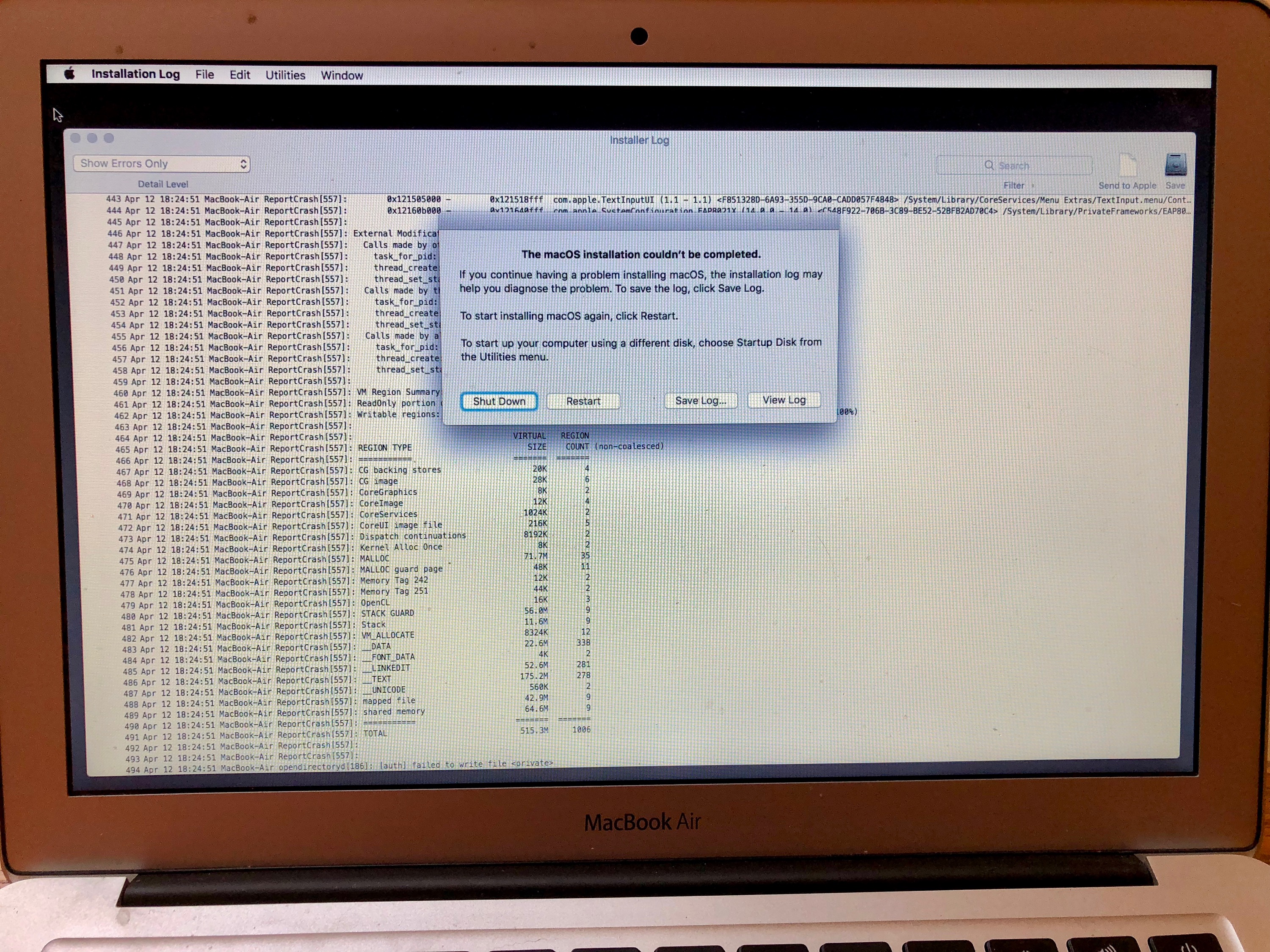
SEE LOGS FOR DISH UTILITY MAC FOR MAC
Launch iBoysoft Data Recovery for Mac (or other data recovery software that you trust).The following are simplified instructions for using software to recover files from an external hard drive: The English-version interface contains only a few simple English words, and most people will not have problems using it. Even if the storage device is corrupted, unreadable, not mounted, or completely formatted, the tool can also help to extract information from the disk. You can recover data from external hard drives, Mac Macintosh HD, Pen drives, SD cards, and other media. The tool is very effective in recovering images, documents, videos, music, email files and other files. IBoysoft Data Recovery for Mac (compatible with newest macOS 10.15) is one of the leading data recovery tools on the market. Here is an iBoysoft data recovery tool for saving files from a not working external hard drive on a Mac. However, this is the least requested method if people (possibly including you) do not have the latest copy of their sensitive and important files. Format external hard driveįormatting a disk will delete all stored information and assign a new file system to the disk, which can fix almost all disk errors that make the disk not working properly.

If you see a message that First Aid could not restore the disk, you have one last chance to fix the problem. Many complain that it does little, but we think it's worth a try. First Aid in Disk Utility - a handy utility that is used to fix minor errors on the disk. Mount failures can be caused by corrupted drive mount information so that macOS cannot recognize the drive. If you are unable to mount the drive manually, try the following method.


MacOS automatically mounts the inserted drive by default as soon as it detects the drive. Here are the methods you can try to mount on your hard drive. You cannot open the drive and access the files on it. If the external hard drive is finally detected, but looks gray, it means that it is not mounted and, as a result, will not be displayed on the desktop or in the Finder. A damaged or dusty USB port or cable may cause macOS to not detect the USB drive.

Now you can verify that the USB port and cable to which the hard drive is connected are working. If you don’t even see that the external hard drive is listed in Disk Utility, the computer has not yet detected the drive. But before you can perform any of the actions mentioned above, the drive must be listed in the left pane. This is a built-in application with which you can mount, unmount, erase, partition, and restore volumes. If you are new to Disk Utility, it is highly recommended that you learn more about it if you continue to use the Mac. When problems arise with a disk, regardless of the internal disk or removable disk, Disk Utility is the first place you need to check. If nothing happens after connecting the external hard drive to the Mac, this article will help you find possible solutions for displaying the drive correctly. By default, after connecting an external drive to a Mac, it automatically appears somewhere on the desktop, in the left column of the Finder and in the left column of Disk Utility.


 0 kommentar(er)
0 kommentar(er)
